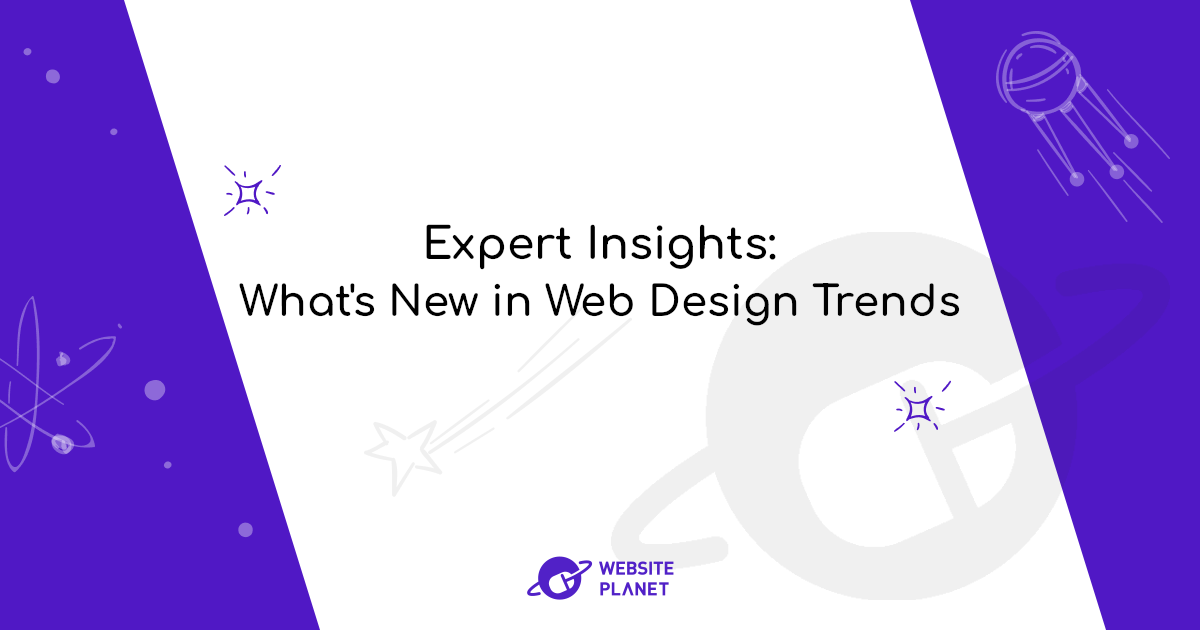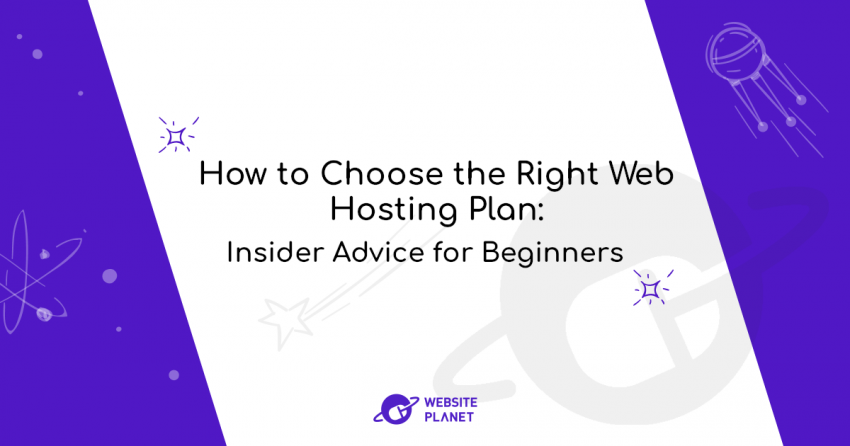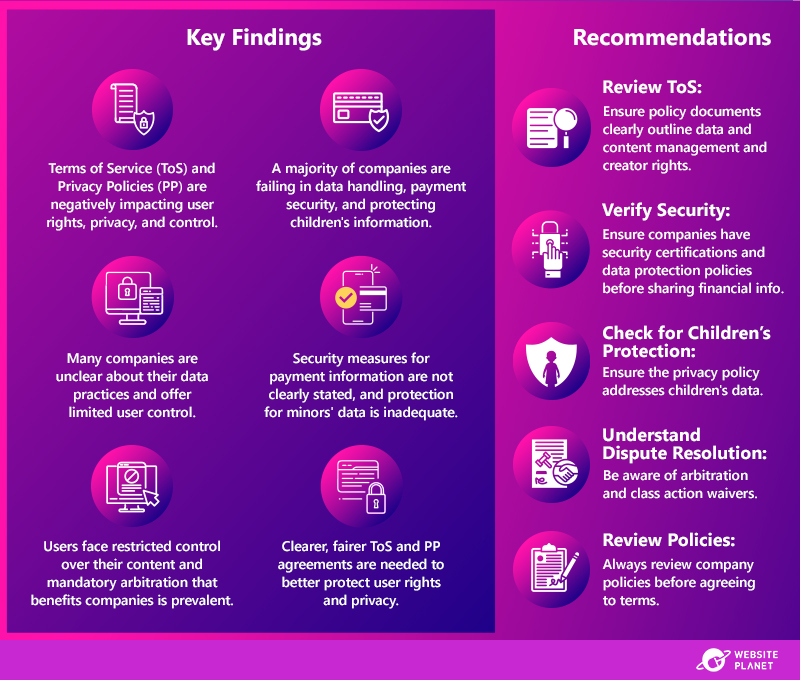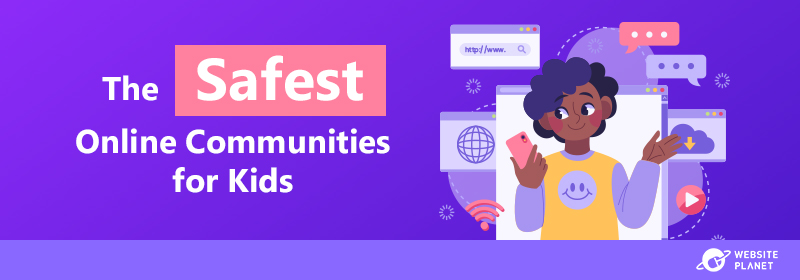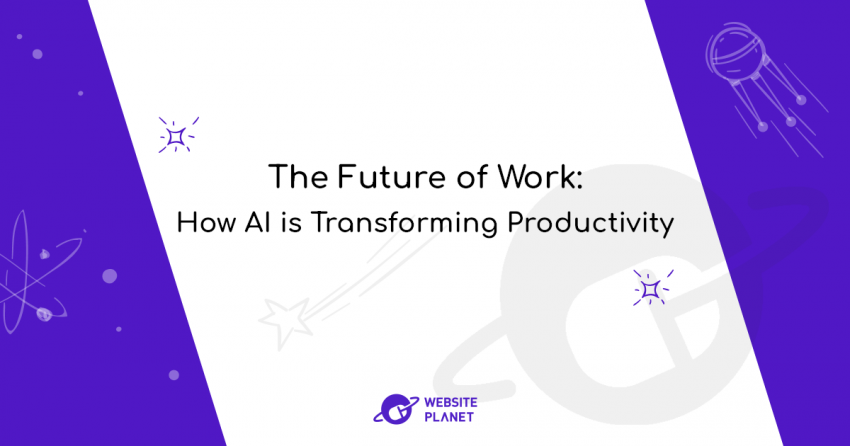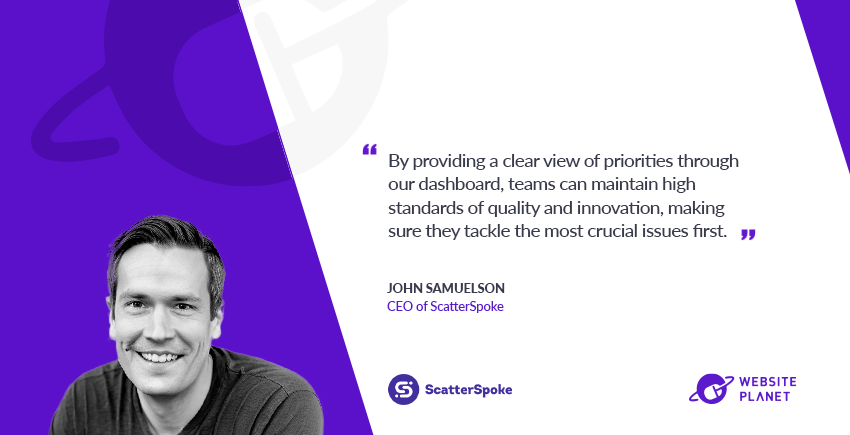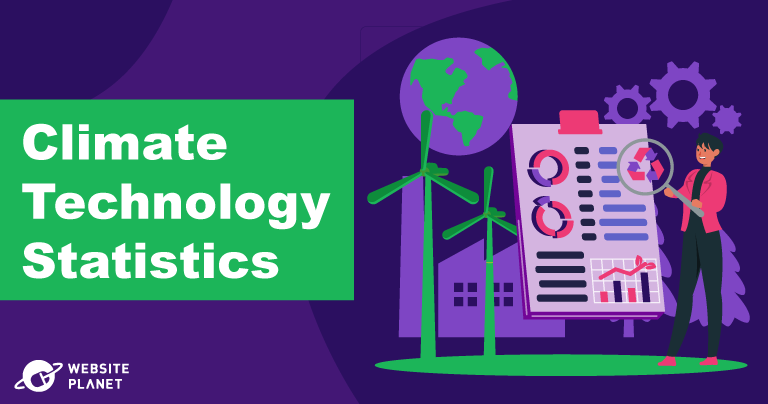Inside this Article
AI-Powered Conversational Interfaces: The Future of Interaction
Wiktor Walc, Chief Technology Officer of Tiugo Technologies, emphasizes the rise of AI-powered conversational interfaces as a dominant trend for 2024.“A web design trend that I believe will dominate in the coming year is the integration of AI-powered conversational interfaces. As AI technology becomes more sophisticated, chatbots and voice assistants are likely to be increasingly embedded into website designs, allowing users to interact with sites more naturally and efficiently. These conversational interfaces can provide instant support, answer queries, and guide users through the site, creating a more interactive and personalized experience. This trend not only enhances user engagement but also makes websites more accessible, catering to a broader audience. A properly created chatbot using e.g. Google Dialogflow CX can outperform typical search engines in delivering quality results more accurately.”
In addition to embracing AI, Walc also suggests exploring dynamic content to enhance user engagement.
“For those looking to create a more engaging user experience, I recommend incorporating dynamic content that adapts in real-time based on user interactions. While not entirely new, this technique is often underutilized. By adjusting content like images, text, or offers depending on the user’s actions, interests, or location, websites can create a more personalized experience that keeps users engaged and encourages them to explore further.”
Walc further advises caution when it comes to overloading websites with unnecessary elements.
“When designing a website, it’s crucial to avoid certain practices that can undermine the user experience. Overloading a site with heavy visual elements or complex animations can slow down load times and frustrate users, especially on mobile devices. It’s essential to prioritize performance and ensure that design choices enhance rather than hinder usability. Additionally, avoid relying too heavily on trends that might sacrifice long-term functionality for short-term visual appeal. Instead, focus on creating a clean, intuitive, and responsive design that meets the needs of all users, regardless of the device they use.”
The Power of Micro-Interactions
Ariel Chew, Chief Bear Officer at Bike Bear, emphasizes the significance of micro-interactions in web design, a technique often overshadowed by larger design elements. Bike Bear, a creative agency based in Malaysia, is known for its innovative approach to web development, focusing on creating visually stunning and user-friendly websites. With a deep understanding of user behavior, Bike Bear has been at the forefront of incorporating subtle design elements that enhance user engagement without overwhelming the user experience.“While most designers and developers often look for the big bang major animations, the most underrated technique in our work is really the tiny subtle micro-interactions. These subtle animations and feedback responds to the user’s action on the site, creating a layer of interactivity and makes it a lot more immersive and engaging. With the rise of AR technology, especially with new wearable technology coming out, micro-interactions is really going to be the secret sauce in making a killer website.”
Avoiding Common Design Pitfalls
Pankaj Shah, Director of DCP Web Designers, who brings two decades of experience in WordPress web development, offers a comprehensive guide on design practices to avoid.“At DCP Web Designers, we understand it is essential to avoid certain design practices that can hinder user experience and overall site effectiveness. Here are some of the key practices to avoid:By avoiding these common design mistakes, you can create a modern, seamless website that enhances user experience and effectively communicates your brand’s message.”
- Cluttered Layouts – Avoid overcrowding pages with too many elements. Cluttered layouts can overwhelm visitors and obscure important information. Instead, use white space strategically to create a clean, organised web design.
- Inconsistent Design – Inconsistency in fonts, colours, and button styles can confuse users and make your site appear unprofessional. Stick to a clear style guide to maintain a cohesive look and feel across all pages.
- Poor Navigation – Complex or confusing navigation frustrates users and drives them away. Avoid deep, multi-level menus and ambiguous labels. Ensure your navigation is intuitive, with clearly labelled and easily accessible links.
- Overusing Animations and Effects – While animations can enhance a website’s appeal, overusing them can slow down your site and distract users. Use animations sparingly and ensure they serve a functional purpose.
- Ignoring Mobile Optimisation – A significant portion of web traffic comes from mobile devices. Avoid designs that only look good on desktops. Implement responsive design practices to ensure your site looks and functions well on all device sizes.
- Slow Loading Times – Slow-loading websites frustrate users and lead to higher bounce rates. Avoid large images and unoptimised media files. Optimise performance by compressing images, leveraging browser caching, and minimising heavy scripts.
Deep AI Integration in User Experiences
Gev Balyan, Founder of Ucraft, brings a forward-thinking approach to web design, focusing on how AI can fundamentally reshape the way users interact with websites. Ucraft is a robust website builder platform that empowers individuals and businesses to create their own websites with ease. With a strong emphasis on user experience, Ucraft has been integrating AI into its platform to enhance user interactions and streamline the website-building process.“The new web design trend that will dominate in the coming year will be the very deep integration of AI into the page experiences. The old school CTA buttons, for example, will trigger AI assistants to take the users’ experiences from point A to point B. AI experience builder platforms will integrate deeply into web 2.0 websites, analyzing customer flows, and adopting on their own for better conversion. Website browsing process will be recommendation based, catering to website visitors based on many factors, including but not limited to demographics, behavioral, environmental and more…”
Minimalism, Accessibility, and AI: The Pillars of Modern Web Design
Federico Ranfagni, Co-Founder & CEO of Incomedia, sees a future where web design is increasingly user-oriented, driven by minimalism, accessibility, and AI.“As developers of the website builder WebSite X5, we constantly strive for keeping up with the trends emerging on the web. We think that web design will be more and more user-oriented, primarily focusing on enhancing the user experience. In our opinion, this will be achieved through the use of minimalistic design, which has gained great popularity throughout the years, as well as thanks to accessibility and, of course, artificial intelligence. Focusing on clarity and simplicity will give designers the possibility of creating more easy-to-browser and engaging websites. In addition to this, inclusivity will play a crucial role online as well as offline. On the web, the answer will be focusing on accessibility. Finally, we can’t forget to mention AI, which we think will drive personalization and lead to richer user experiences. This approach really sets new standards for web design excellence.”As these expert insights reveal, the web design landscape in 2024 is poised to be defined by the deep integration of AI, the strategic use of micro-interactions, and a focus on minimalistic, user-centered designs. By embracing these emerging trends and steering clear of common pitfalls, designers and developers have the opportunity to create websites that are not only visually appealing but also highly functional and accessible. The future of web design is all about crafting more personalized, efficient, and engaging online experiences. Credits:
- Wiktor Walc, Chief Technology Officer | Tiugo Technologies | www.tiugotech.com
- Ariel Chew, Chief Bear Officer | Bike Bear | www.bikebear.com.my
- Pankaj Shah, Director | DCP Web Designers | www.dcpweb.co.uk
- Gev Balyan, Founder | Ucraft | www.ucraft.com
- Federico Ranfagni, Co-Founder & CEO | Incomedia | www.incomedia.eu
